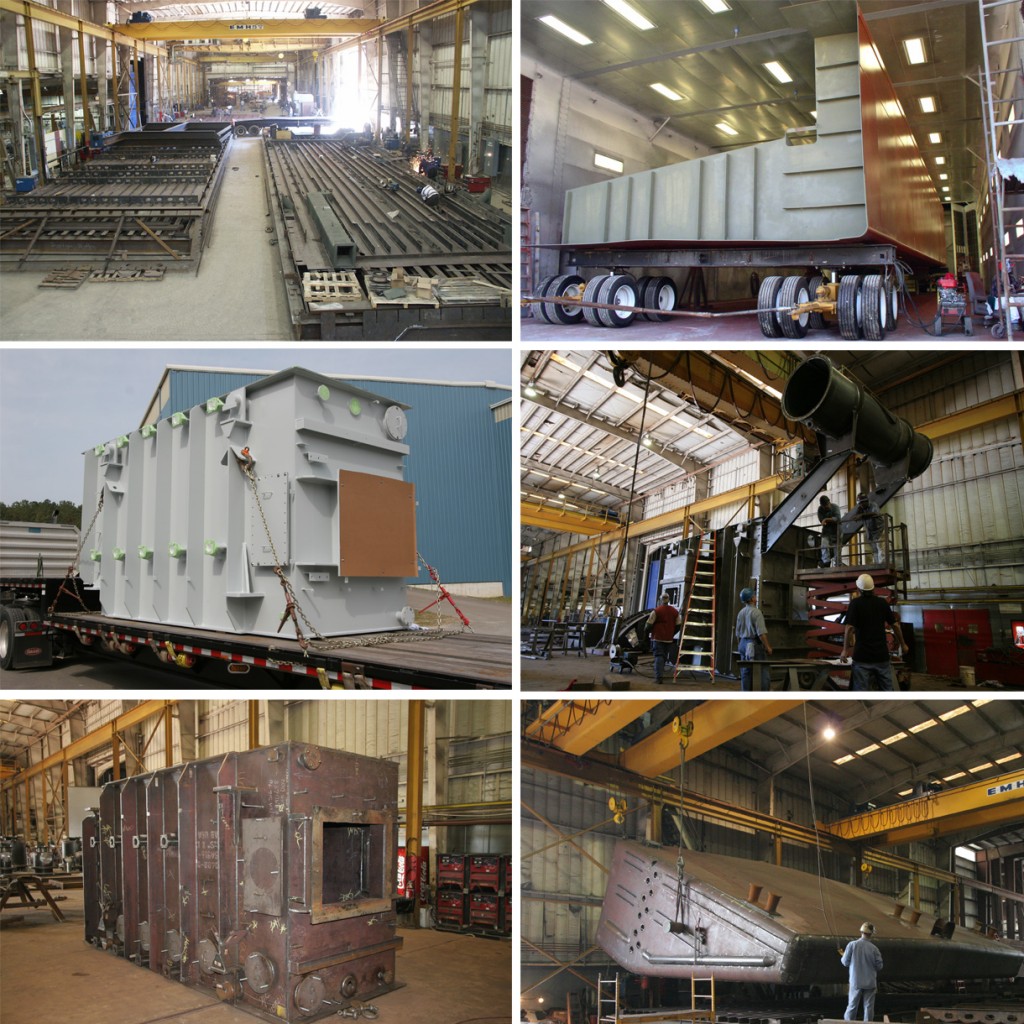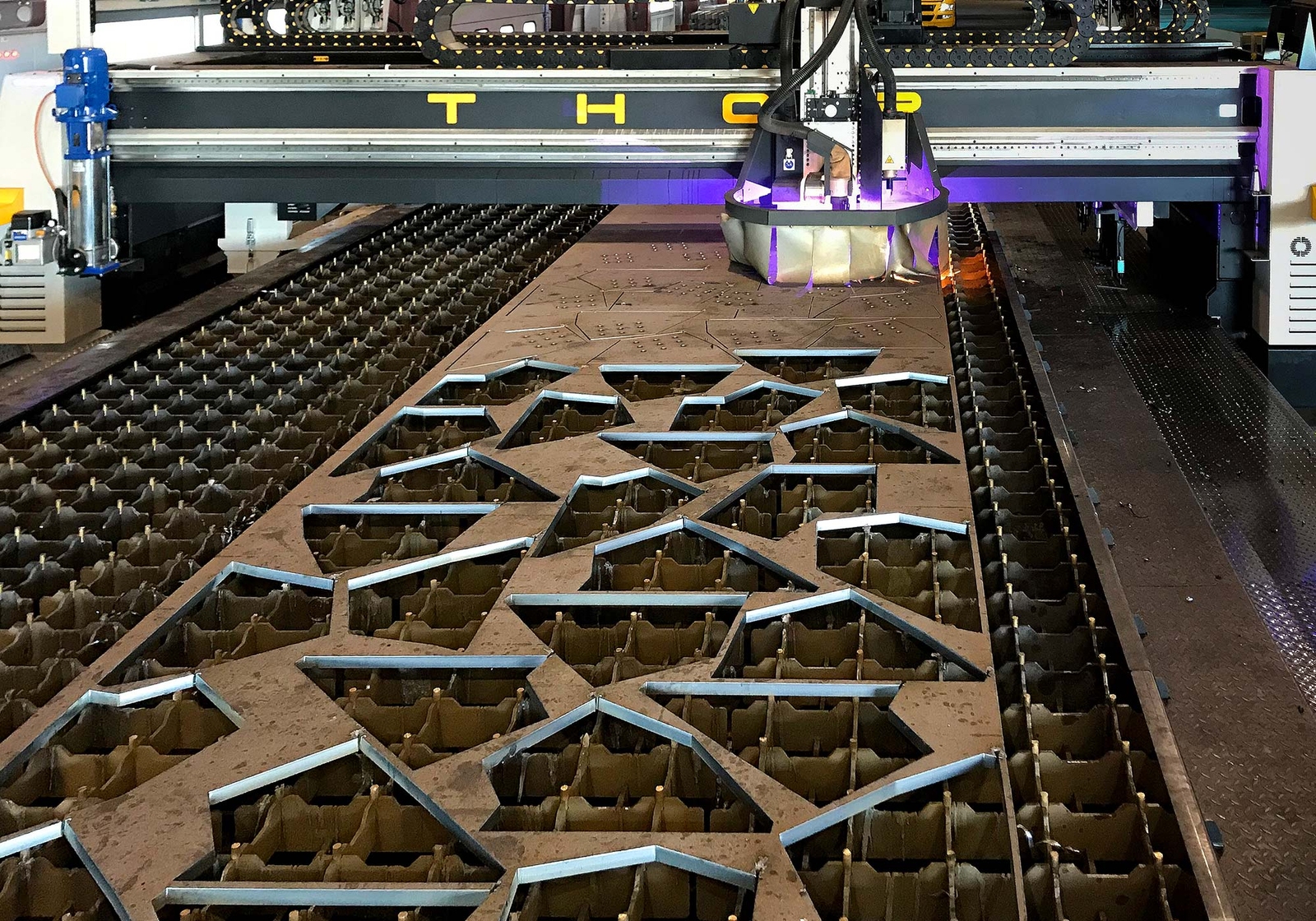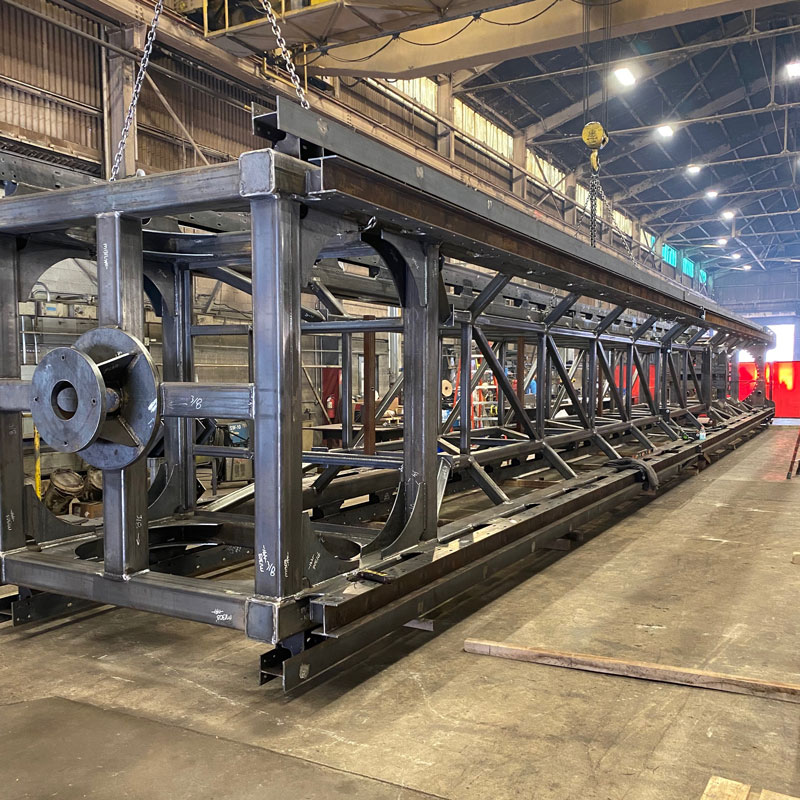Reliable Steel Fixing Solutions: Guaranteeing Architectural Stability
Reliable Steel Fixing Solutions: Guaranteeing Architectural Stability
Blog Article
Cutting-edge Patterns in Steel Fabrication: Enhancing Sturdiness and Precision
In the world of steel construction, the search of longevity and precision has actually led to a wave of ingenious fads that are improving the market. These patterns are not simply shaping the present however additionally laying the foundation for the future of steel manufacture, promising additional enhancements in sturdiness and precision.
Advanced Welding Technologies
In the realm of steel construction, the fostering of cutting-edge welding technologies has actually significantly changed the sector's technique to accomplishing exceptional high quality and accuracy in structural welds. Advanced welding modern technologies, such as laser beam of light welding and friction mix welding, have arised as game-changers in the area. By leveraging these sophisticated welding techniques, steel fabricators can raise the durability, stamina, and precision of their architectural welds, meeting the increasingly demanding demands of modern-day construction tasks.
Robotic Automation in Construction
Accepting robot automation has actually come to be a cornerstone of modern-day steel construction practices, boosting and improving procedures efficiency throughout the sector. Robots are transforming the means steel components are made, providing unparalleled precision and speed while lowering human mistake. These automated systems can handle recurring jobs with consistent precision, resulting in higher quality final result.
One secret benefit of robotic automation in steel manufacture is the capability to work around the clock without fatigue, significantly increasing production outcome. This continual procedure lessens downtime and speeds up job timelines, ultimately conserving prices for producers. Furthermore, robotics can be programmed to carry out complex tasks that may be unsafe or difficult for human workers, improving safety and security in the workplace.
In addition, robotic automation makes it possible for smooth combination with various other electronic modern technologies, such as computer-aided design (CAD) software and Net of Things (IoT) systems (metal fabrication melbourne). This interconnected method enhances interaction between various stages of construction, optimizing operations and ensuring real-time tracking and control. As the steel construction industry remains to develop, robotic automation stands out as a transformative pressure driving performance and accuracy in manufacturing procedures

High-Strength Alloy Advancement
The innovation of high-strength alloy growth in steel manufacture is improving the sector's strategy to boosting material sturdiness and efficiency. High-strength alloys are crafted to display exceptional mechanical properties, such as increased tensile strength, toughness, and corrosion resistance contrasted to standard steel qualities. By incorporating these advanced alloys into construction processes, suppliers can produce parts that withstand greater anxiety degrees and severe settings, resulting in even more long lasting and dependable final result.
One trick advantage of high-strength alloy development is the capability to minimize product thickness without compromising architectural honesty. This not only causes lighter-weight parts but additionally adds to cost savings and improved effectiveness in manufacture and setting up processes. The enhanced strength-to-weight ratio of these alloys enables for the layout and building of structures with higher load-bearing capabilities while lessening total weight.
3D Modeling and Simulation Software Program
Developments in steel construction processes have been substantially moved by the integration of advanced 3D modeling and simulation software application navigate to this website tools. These tools permit makers to produce comprehensive virtual designs of their jobs, enabling them to imagine the end product with precision prior to any manual labor starts. By mimicing various tension aspects, environmental conditions, Get More Information and architectural lots, producers can optimize layouts for boosted durability and efficiency. Additionally, 3D modeling and simulation software program improve the manufacturing procedure by determining possible issues at an early stage, reducing the need for expensive rework and minimizing material waste.

Lasting Practices in Steel Manufacturing
Integrating lasting techniques into steel production processes is vital for decreasing environmental influence and ensuring long-term resource availability. One key lasting practice is the fostering of energy-efficient innovations to lower greenhouse gas discharges throughout the steel production procedure. This includes using eco-friendly power resources, such as solar or wind power, to power steel plants and carrying out energy-efficient devices to enhance power usage.
An additional crucial element of lasting steel production is the responsible sourcing of basic materials. This entails making certain that the iron ore and other resources used in steelmaking are acquired from environmentally pleasant and moral sources. By promoting openness in the supply chain and sticking to stringent environmental requirements, steel suppliers can lessen the unfavorable effects of source removal on neighborhood communities and communities.

Verdict
In conclusion, the innovative patterns in steel construction such as advanced welding innovations, robotic automation, high-strength alloy advancement, 3D modeling and simulation software application, and read this article sustainable methods are improving the sturdiness and precision of steel products. These improvements are changing the steel construction industry by boosting performance, sustainability, and high quality. It is clear that the future of steel fabrication hinges on welcoming these innovative technologies to fulfill the demands of modern building and construction and manufacturing industries.
In the realm of steel construction, the search of durability and precision has actually led to a wave of cutting-edge trends that are improving the sector.In the world of steel manufacture, the fostering of sophisticated welding innovations has actually significantly transformed the industry's approach to achieving premium quality and precision in structural welds. As the steel fabrication market proceeds to develop, robot automation stands out as a transformative pressure driving efficiency and precision in producing processes.
Additionally, reusing and recycling steel scrap and waste materials play a considerable function in boosting the sustainability of steel manufacturing. Alpha reo.In conclusion, the cutting-edge fads in steel fabrication such as innovative welding innovations, robotic automation, high-strength alloy advancement, 3D modeling and simulation software, and sustainable methods are improving the durability and accuracy of steel items
Report this page